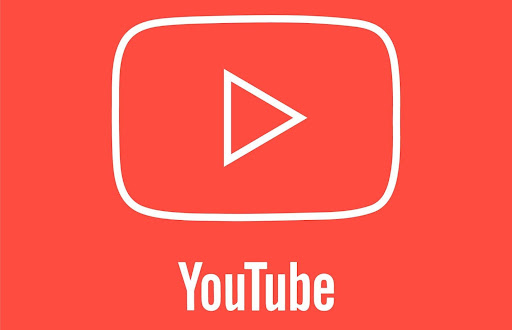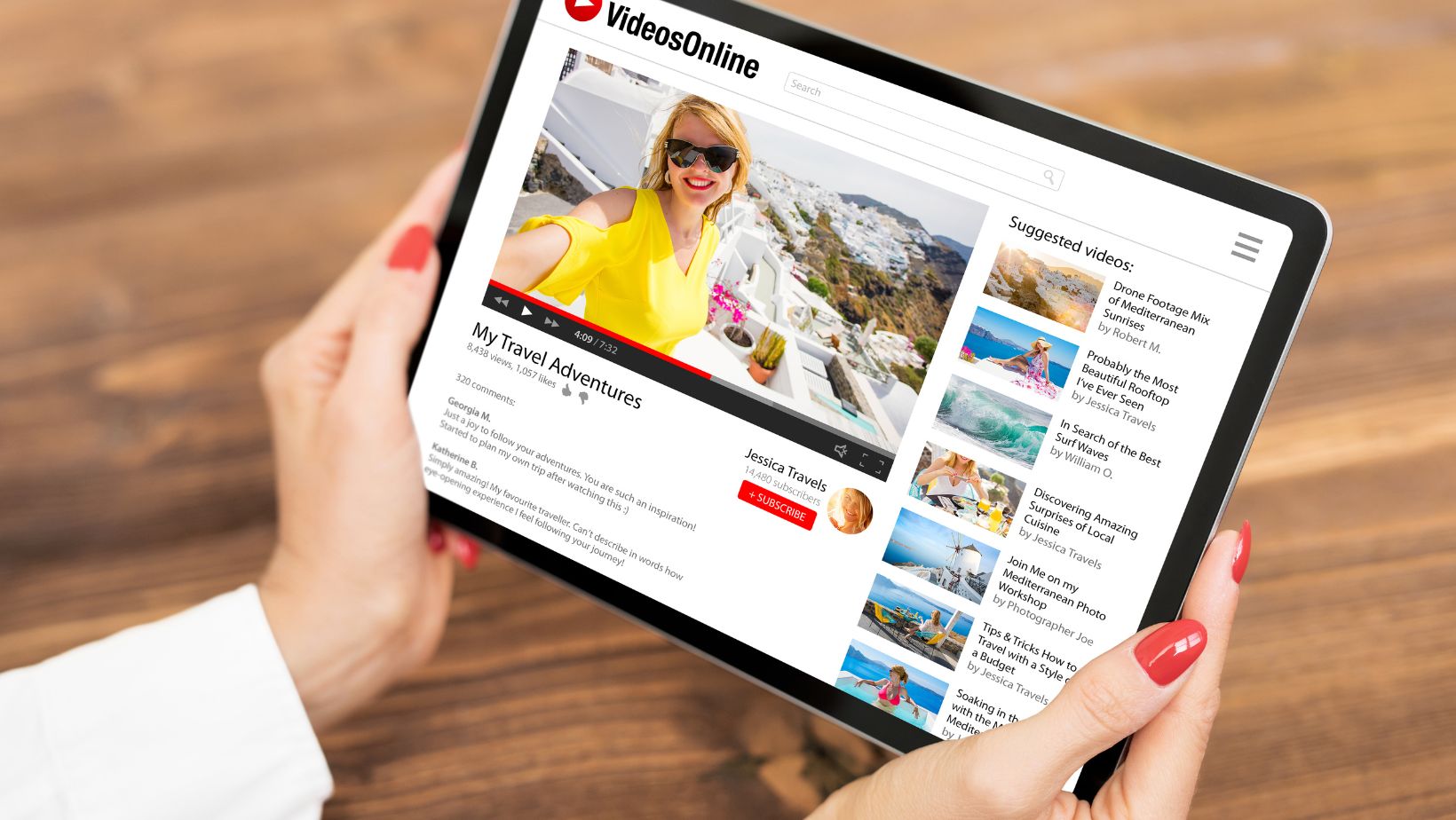
But the process can feel overwhelming when you’re just starting. This guide will walk you through everything you need to know, from technical requirements to creative techniques, and how to turn raw footage into compelling videos that get views.
YouTube Requirements: What You Need to Know
Before diving into editing, it’s crucial to understand what YouTube expects from your uploads. The platform isn’t just a video host — it has specific standards that affect how your videos look, sound, and perform.
- Video format: YouTube supports a variety of video formats, but MP4 with H.264 video codec and AAC audio is the recommended one. It’s lightweight, widely compatible, and offers high quality without bulky file sizes.
- Resolution and aspect ratio: The standard aspect ratio is 16:9. Aim for at least 1080p (Full HD) for professional-looking content. Shorts and vertical videos are gaining popularity too, especially with mobile users, so it’s worth experimenting with 9:16 content if your social media strategy allows it.
- Content guidelines: YouTube’s community guidelines strictly prohibit violent, misleading, or harmful content. Make sure your videos comply. Not just for ethical reasons, but also to avoid demonetization or being removed from search results.
- Length and engagement: While there’s no minimum or maximum time limit, YouTube’s algorithm favors videos that hold attention. That doesn’t mean your video must be long, it just needs to be engaging. This is where editing really shines.
How to Edit a YouTube Video: A Step-by-Step Guide
So, how do you edit a YouTube video that people actually want to watch, like, and share? Here’s a practical process to follow, whether you’re using premium software or looking for video editing software for free.
1. Organize Your Footage
Before importing anything into your editor, get your files in order. Create a folder with subfolders for raw footage, audio, music, thumbnails, and graphics. Renaming your files helps too. This way, it’ll be easier to find the right clip fast.
2. Choose the Right Editing Software
There’s no universal answer here. Some bloggers swear by industry-standard tools, others use more accessible apps. If you’re on a budget or just starting out, there are plenty of options offering free video editing software with robust features. Look for software that supports multi-track editing, transitions, color grading, and ideally, export presets for YouTube.
3. Trim the Fat
Begin by cutting out awkward pauses, mistakes, or anything irrelevant. The goal is to maintain momentum: if you feel your attention slipping during playback, chances are viewers will too.
Tip: Zoom in on your timeline and make fine cuts. Micro-adjustments can make a big difference in pacing and overall experience.
4. Add Music, Transitions, and Graphics
Use background music sparingly: it should enhance your story, not overpower it. YouTube’s audio library offers royalty-free options that won’t trigger copyright flags. When using transitions, avoid going overboard. A clean cut or a simple fade is usually more effective than flashy effects. Add motion titles, lower thirds, or callouts to introduce your channel, provide context, or prompt viewers to subscribe. If your video includes speech, and you want to increase accessibility or repurpose your content for other platforms, you might want to transcribe a video to generate captions. This improves engagement and SEO.
5. Color Correction and Audio Editing
Color correction brings consistency to your clips, especially if you’ve filmed with different cameras or lighting conditions. Adjust white balance, contrast, and saturation subtly to maintain a natural look. Audio is just as important. Normalize volume levels, remove background noise, and make sure dialogue is crisp. Most modern software (even lightweight apps) offer built-in audio cleanup tools.
6. Insert CTAs and End Screens
If you’re serious about promotion or monetization, guide your viewers. Add CTAs (calls to action) like “Subscribe,” “Watch Next,” or “Check the link in the description.” YouTube allows you to insert clickable elements via its end screen tool, which you can design directly during the upload process. For creators aiming to grow their channel revenue, learning about monetization strategies — from affiliate links to sponsorship placements — is just as vital as the editing itself.
7. Preview Before You Export
Always preview your edit in full before finalizing. Does the hook work? Is the pacing too slow? Are the graphics readable on mobile? This is your last chance to catch typos, awkward cuts, or audio issues before your audience does.

8. Export With the Right Settings
Most editors include YouTube presets. If not, export using:
- Resolution: 1920×1080 (Full HD)
- Codec: H.264
- Bitrate: Between 8–12 Mbps for HD
- Audio: AAC, 320 kbps
Keep file sizes optimized to speed up uploads without compromising quality.
Extra Tips for Content Creators
- Thumbnails matter: Your video might be brilliantly edited, but without a good thumbnail, viewers may never click. Design one that reflects your style and clearly communicates the topic.
- Editing for storytelling: Even tutorials or reviews benefit from a narrative arc. Structure your video with an intro, body, and conclusion.
- Engagement tactics: Ask viewers questions, encourage comments, and use polls or pinned comments to drive interaction. This builds community and keeps the YouTube algorithm happy.
Successful video editing isn’t just about cutting footage; it’s about shaping experiences. That’s what turns casual viewers into subscribers.
Final Thoughts
Learning how to edit YouTube videos takes time, but it’s one of the most valuable skills you can develop as a content creator. Whether you’re editing on your phone or using professional software, what matters most is how well you tell your story. Make every second count, stay consistent, and keep learning. And remember: sharp editing can be the difference between a skipped video and a new subscriber. So go ahead. Start cutting, shaping, and sharing. Your next great video is just an edit away.















